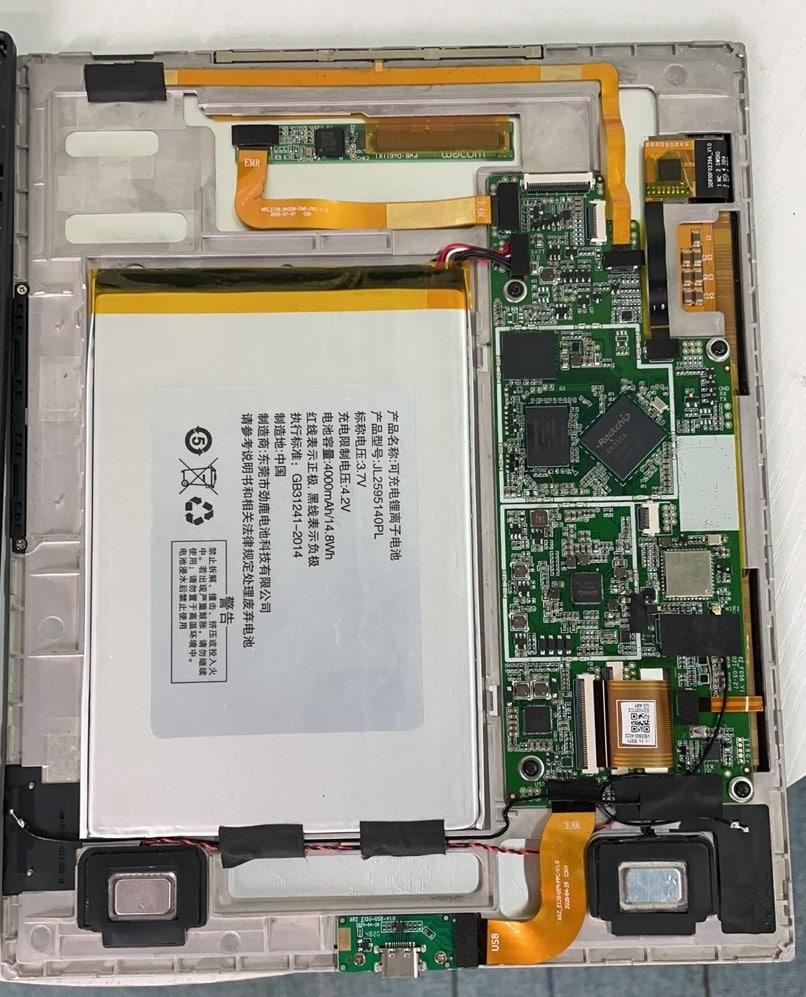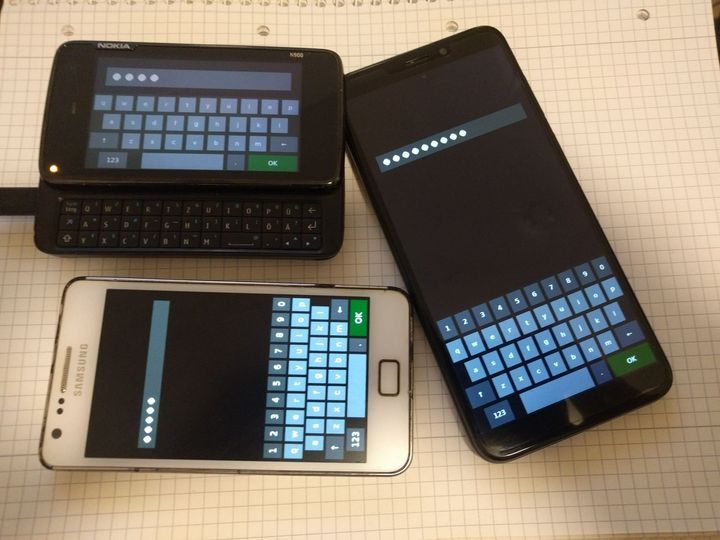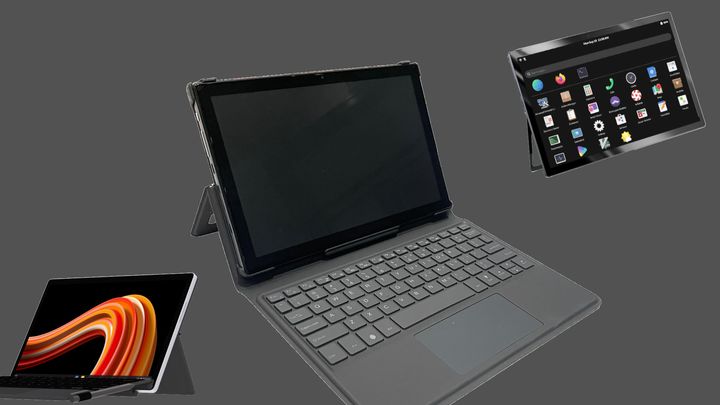The PineNote is an e-ink notebook that runs Linux

While our short holiday interrupted us for some weeks, we have become used to Pine64 launching some of the boldest mobile Linux devices ever seen.
Still when, in their August update, PINE64 announced a new device, we remained particularly surprised. The PineNote, defined as a "hybrid [...] combination of notebook, tablet and e-reader", is built around a high-resolution e-ink panel and Wacom digitizer, which allows the device to be used as a Remarkable alternative, with similar features, but much more modern and open hardware.


In terms of specifications, the PineNote also looks considerably faster than its older siblings, all based on the dated, but well-supported, A64 SoC. As the official wiki states, the PineNote is derived from the Quartz64 (model A) single board computer, and thus powered by a Rockchip RK3566 64-bit SoC. The full specifications are as follows:
- SoC: Rockchip RK3566, (4x 64-bit ARM Cortex-A55 @ 1.8GHz), Mali G-52 GPU, NPU (Neural Processing Unit) up to 0.8 TOPS with TensorFlow support
- Memory: 128GB eMMC, 4GB LPDDR4 RAM
- Display: 10.3" 1404x1872 (227 ppi) E-Ink panel, grayscale (16 levels), backlight (36 levels between cold and warm hue)
- Touchscreen: Capacitive multi-touch panel with EMR Wacom pen digitizer (SUDE-10S15MI-01X)
- Wireless: 2.5/5GHz Wi-Fi, Bluetooth 5.0 (Azurewave CM256SM 11AC)
- Audio: built-in stereo speakers, 4x DMIC microphone
- Battery: 4000mAh, 5V@3A charging via USB-C
- Dimensions: 191 x 232 x 7.4 mm, 438 grams
And hello from the #PineNote to you all ;) pic.twitter.com/JvBh0PP3RX
— Lukasz Erecinski (@LukaszErecinsk1) August 26, 2021
The PineNote should be released in the next months, and several developers have already received their prototypes. Pricing has been established at $399, putting it in direct competition with the ReMarkable 2 tablet, with identical aim and similar specs. A note in the Pine64 announcement helps distinguish the aim of the two devices:
We’re seeing a lot of excitement and “shut up and take my money, I’ll throw out my other e-ink devices tomorrow!” responses to this post, but remember that we are a community of developers first and foremost. If you’re looking to buy a PineNote in the first batch, you must expect to write software for it, not to write notes on it. The software shipping from the factory for the first batch will not be suitable for taking notes, reading e-books, or writing your dissertation [...] However, we are excited for what you’ll create with this device and we’re ready to take the journey with you.
Don't let this mislead you, as the PineNote is considerably more powerful than its proprietary competitor, which is based on older, mostly eReader-like hardware (1.2GHz dual-core CPU, 1GB RAM, 8GB storage, etc.). In our wildest hopes that a keyboard accessory will be designed for it, this device could even be used as a replacement for a laptop for basic writing tasks.
At $399, both devices are indeed somewhat pricey. The reason behind this is probably the high licensing fees of e-ink tech, which are keeping the prices of good-quality panels very high. While basic e-readers can be had for around $70, larger panels (not to mention color ones) tend to cost hundreds of dollars alone. To name an example, the monitor start-up Dasung sells its 13" e-ink monitor starting from $1000, and the 24" variant for $2200, which gives an idea of the absurd costs of this technology compared to traditional alternatives like LCD and OLED.
What is particularly interesting, alongside from the device itself, is how PINE is doing an enormous job in expanding the focus of Linux devices, essentially providing bold and (relatively) inexpensive hardware that allows Linux developers to expand the user experience concepts to unexplored niches.
After producing single-board computers, PINE has manufactured some of the earliest (and extremely cheap) modern ARM Linux laptops, and consequently expanded to essentially every niche of the mobile and hobbyist markets, producing anything between phones (or rather keyboard-enabled mini-laptops?), tablets, smartwatches and open-source soldering irons. All of these became a way to bring attention to new fields, and contributed to the proliferation of many mobile desktops and projects focused on modern user experience with efficient resource usage and power consumption. With the expansion to the fragmented, heavily proprietary e-ink realm, new opportunities for Linux desktops are indirectly being opened also to existing e-readers.
In other words, the combination of a strong community, varied device portfolio to take on newer consumer hardware fields and a humble, actively involved attitude towards developers is quickly making Pine Microsystems the leading manufacturer of open Linux hardware.

You can find more information about the PineNote in the initial announcement and the device wiki page. Make sure to follow TuxPhones on Twitter and Mastodon, or join our subreddit to have the latest news about Linux smartphones.




Comments ()